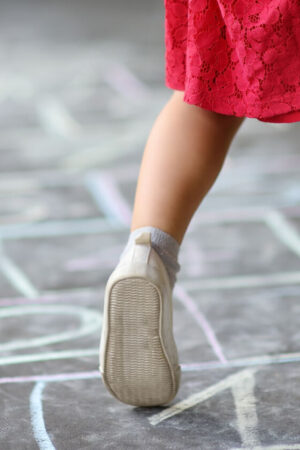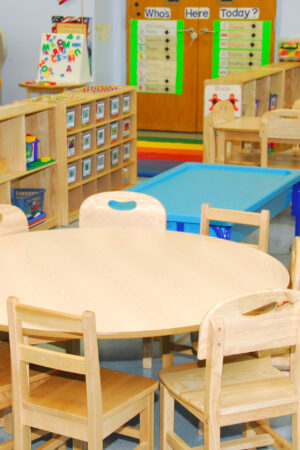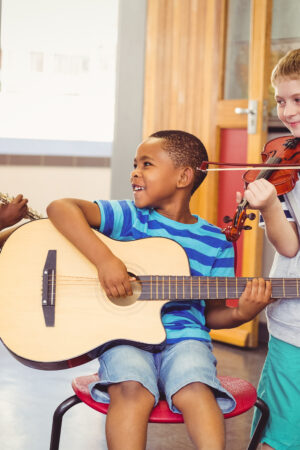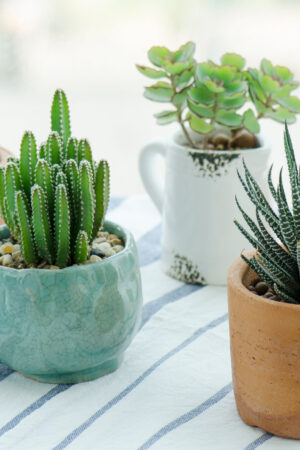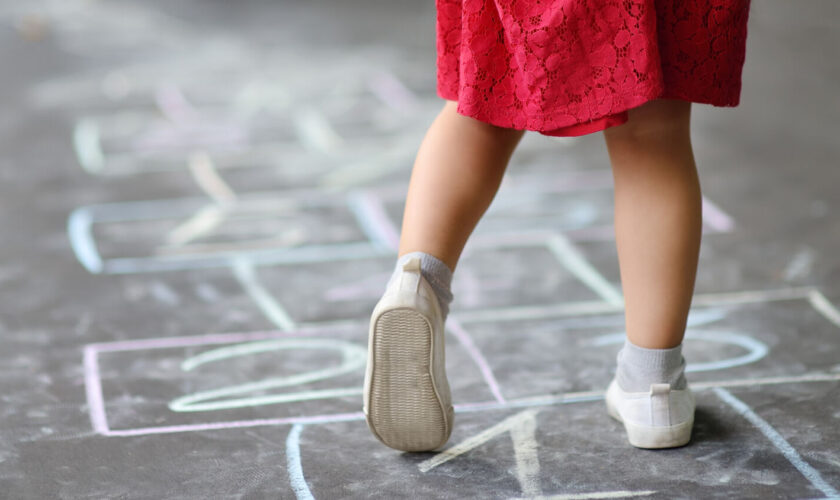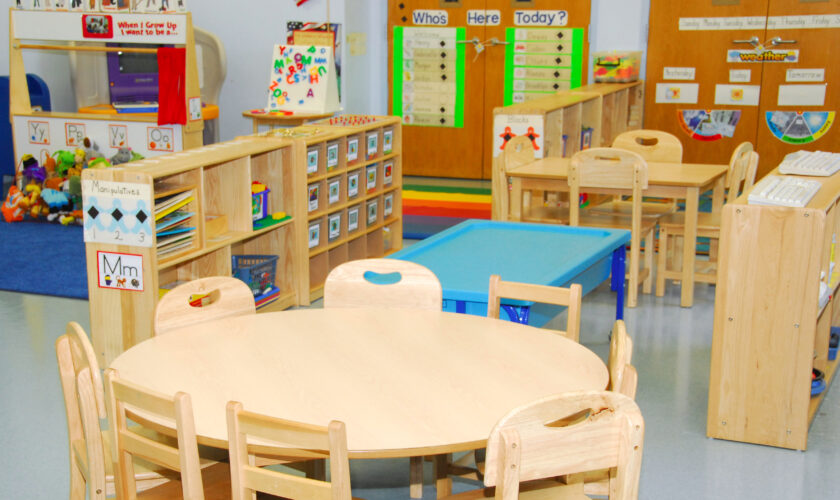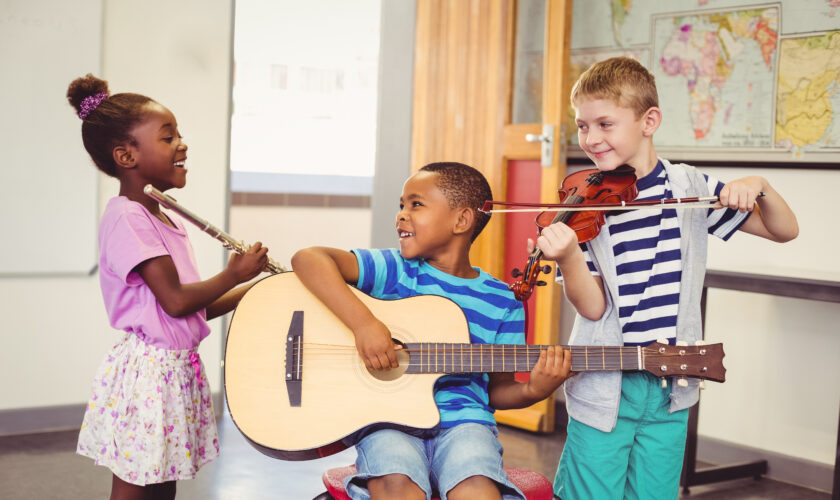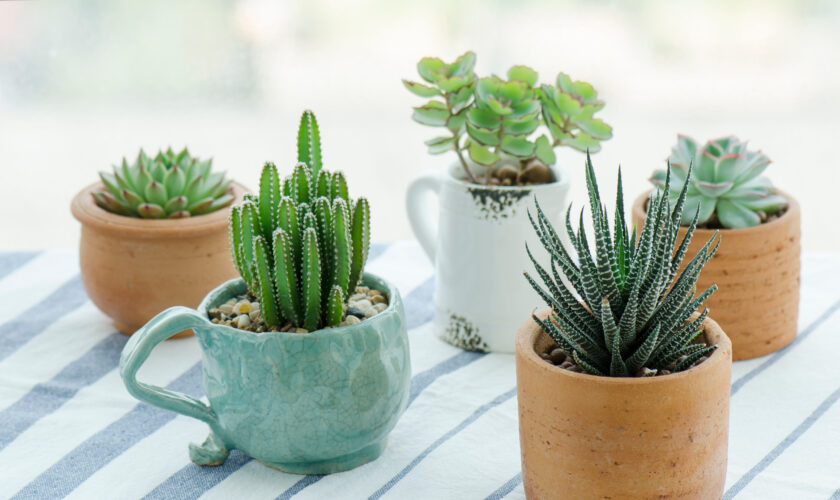The Program Quality Assessment (PQA) Team is available to support you in the Internal Assessment Process (IAP) by completing an on-site assessment in your program. In addition to the Environment Rating Scales® (ERS) and Classroom Observation Scoring System® (CLASS®) this opportunity is available for all Program Observation Instruments (POIs) listed in the Keystone STARS Standards.
Program Quality Assessment in PA
ROSIE
Let’s Talk Quality! On-site Assessments
By Regina Wright
I may be confessing my age, but let’s let our imaginations wander. Think about the time in your life when you were a child. What made your free time fun time? When I imagine, I think about long summer days and how I spent endless hours jumping rope. I had so much fun. Just one simple object, and of course friends, made my summers the best summers ever.
By Stefanie Camoni
Welcome to the classroom, a place where the children spend most of their time. They play here and may even eat and sleep in this same space. The classroom plays a vital role in a child’s day and should evolve and change as the children’s’ development and needs change. The space may not be ideal or perfect but it is the space you were given. There may be poles causing supervision issues or half walls that allow distractions from other classrooms. Every classroom has its challenges, but the goal is to make it the best space for the children.
When setting up your classroom, first consider the layout. Are the centers conveniently set up? Is art or sand/water equipment near a sink? Are quiet centers like books or listening free of distractions from louder centers like dramatic play, blocks, and music? If you have living things like plants, are they located in the science center near a window? What do children see as they enter the space? Do they see an aesthetically pleasing and welcoming space or do they see cubbies or backs of shelves? Is there space for children to nap without barriers to get to them?
Next, think about how you can intentionally use color, lighting, and texture. Are the walls and furniture bright and saturated with primary colors? This can be overstimulating for the children and result in behavior challenges. Consider softer colors like those found in nature. Furniture in wood or neutral colors with fabric and upholstered pieces in a soft or accent color can also bring a sense of calm to the space. We don’t often consider lighting but lighting affects mood. Bright fluorescent lights can generate excitement and overstimulation so being able to adjust the lighting can help during times when we want children to settle. Do children have experiences with light by having a light table, access to natural lighting through windows, or flashlights to cast shadows? Are there rugs, textured mats, or other sensory experiences setup for children to touch and feel?
You must also consider the type and size of furniture available. Does the furniture fit the size of the children? Can they sit comfortably on chairs and reach the tabletop or is the furniture too big or small for the children? Does the play furniture represent the age and development of the children using the space? Are children able to access materials on shelves and is it easy to supervise with the size and arrangement of the furniture?
Like your home, the walls and decorations should represent the children and their work. Are there pictures of families and the children at their eye level? Are pictures of realistic things like nature, buildings, animals, and diverse people or places present? Consider framing children’s artwork or pictures as you would in your home. Use walls, ceiling hangings, and floors to display items or consider standing picture frames or 3D artwork on top of the shelves. Decorative or focal pieces of art and artifacts add another layer of depth.
There are many factors to consider as you design and redesign your classroom. There is not a one-size-fits-all template but there are quality practices that can enhance and make the best use of the space. Each classroom should be unique and reflect those using it. “Space has to be a sort of aquarium that mirrors the ideas, values, attitudes, and cultures of the people who live within in.” – Loris Malaguzzi
For more information on assessing the classroom environment, visit:
RATING OBSERVATION SCALE FOR INSPIRING ENVIRONMENTS (ROSIE) – THE PENNSYLVANIA KEY (pakeys.org)
ERS – THE PENNSYLVANIA KEY (pakeys.org)
Rating Observation Scale for Inspiring Environments – Let’s Talk Quality! (letstalkqualitypa.com)
ERS Institute
By Aimee Currier
When I have a stressful day, I like to turn to music to help me decompress. Some days I need to play some soft, quiet music. Other days, the louder the better. I can even remember back to when I was a child and I would play the piano in a way that best suited my mood. It was very therapeutic.
By Regina Wright
Close your eyes. Now use four of your five senses. Without opening your eyes, listen to the sounds of spring. What do you hear? Listen as the birds sing. Feel the heat as the sun shines brightly beneath the wind. Now reach out with your hands and feel the textures that are around you. You can almost taste the scent of the plants and flowers that bloom surrounding your feet. Now use your fifth sense to slowly open your eyes. Now you thought you were outside in a garden. What do you see? A classroom filled with nature. That’s exactly what I see.

